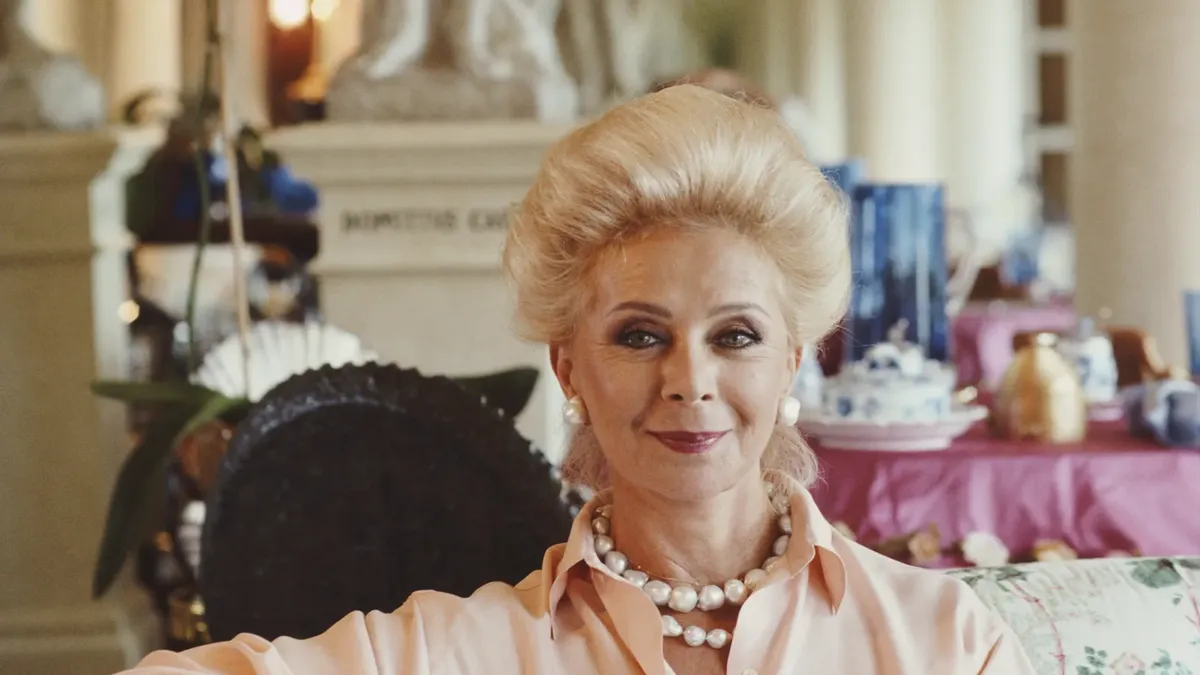Lily Safraknown as “the baroness of philanthropy”was an emblematic figure both for his fortune and for his impact on charitable causes around the world. Born Lily Watkins on December 30, 1934 in Porto Alegre, Brazil, her life was marked by a combination of determination, personal tragedies and financial success.
Lily grew up in a modest environment that contrasted radically with the opulence that characterized her as an adult. From a young age, he demonstrated a remarkable sense of ambition and sophistication.qualities that would lead her to be a central figure in high society circles.
She lived in the principality of Monaco for much of her life and was considered the richest woman there. His lifestyle reflected his status, but always maintained an air of mystery. Despite being a public figure, avoided unnecessary prominencechoosing to let her work speak for her.
Lily died on July 9, 2022 at age 87leaving behind a life that encapsulates the extremes of luxury and philanthropy. His legacy lives on in the countless lives he transformed through his donations and in the example of social commitment he left.
Lily-Safra
Lily Safra: how she became the richest woman in Monaco
Lily Safra’s fortune was intrinsically linked to her marriagesespecially with Edmond Safra, an internationally renowned Lebanese-Brazilian banker. Edmond, who founded institutions such as Republic National Bank of New York and Safra Republic Holdings, He was considered one of the most successful bankers of his time. After his tragic death in 1999, in circumstances that still generate controversy, Lily inherited a fortune estimated at $1.3 billion.
Although Edmond was the main architect of the family’s wealth, Lily played a key role in preserve and expand that legacy. Shrewdly, he diversified his investments, especially in luxury properties. One of his most iconic assets was Villa Leopolda, on the French Riviera, one of the most expensive and legendary residences in the world.
Lily Safra, a millionaire with a touch of philanthropy
His philosophy of life combined discretion with a deep commitment to human progress. Over the years, Lily donated hundreds of millions of dollars to institutions like the Pasteur InstituteHarvard University and the National Library of Israel. Additionally, she was a major patron of art, supporting world-renowned museums and galleries.
Far from simply enjoying her fortune, Lily dedicated much of her life to philanthropic causes. She was president of the Edmond J. Safra Foundation, through which financed projects in education, health and sciencewith a particular focus on research into Parkinson’s, a disease that affected Edmond.
Source: Ambito




